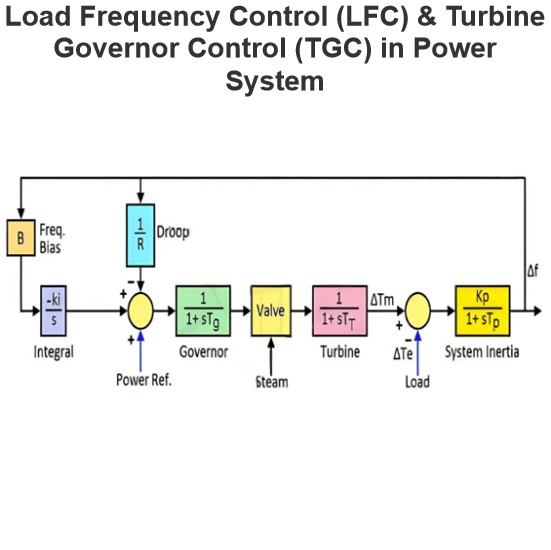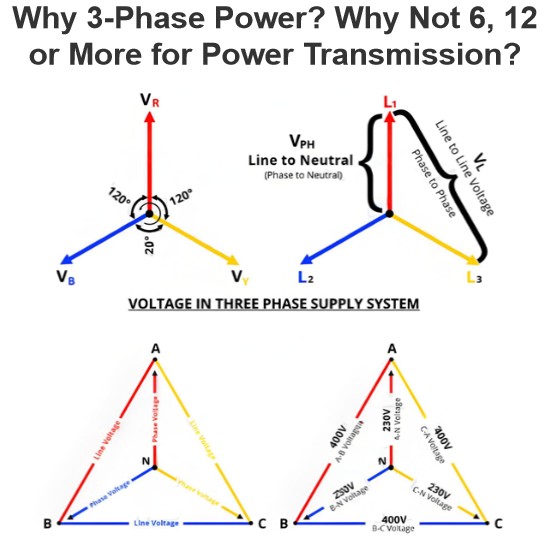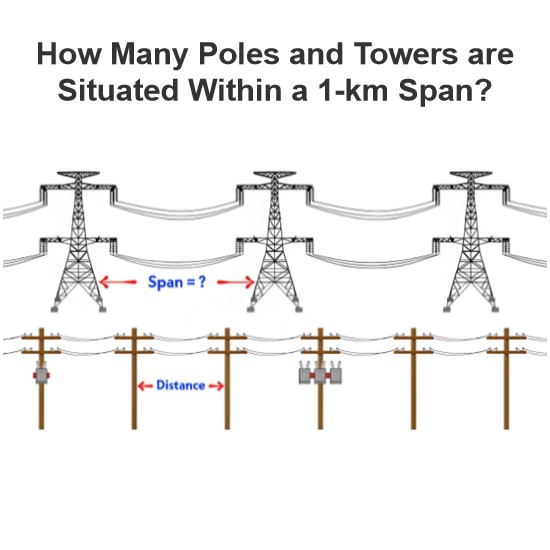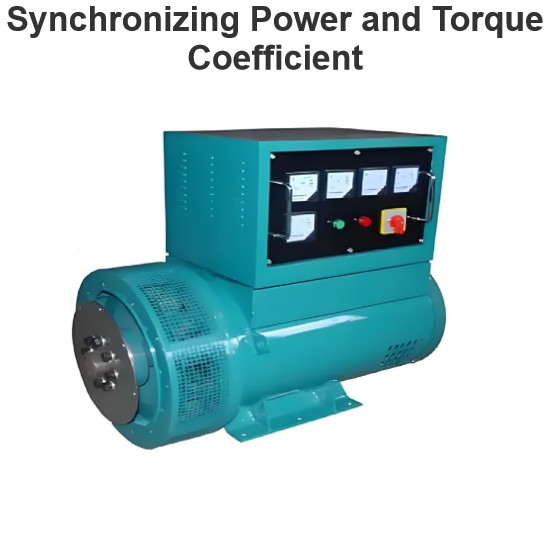What is the impact of capacitive and reactive loads on power factor?
Impact of Capacitive Loads and Reactive Loads on Power Factor
Understanding the impact of capacitive loads and reactive loads on power factor requires a basic understanding of the concept of power factor and the characteristics of these loads.
Power Factor
Definition:
The power factor (PF) is a measure of the ratio of actual power (active power, measured in watts, W) to apparent power (measured in volt-amperes, VA) in an AC circuit. It indicates the efficiency of electrical energy utilization in the circuit.
Power Factor=Apparent Power (S)/Active Power (P)
Ideal Case:
In an ideal scenario, the power factor is 1, indicating that all the electrical energy is being used effectively, with no reactive power (measured in vars, Var).
Capacitive Loads
Characteristics:
Capacitive loads are those primarily composed of capacitors.
Capacitors store electrical energy and release it during each cycle.
The current in a capacitive load leads the voltage, resulting in negative reactive power.
Impact:
Improving Power Factor: Capacitive loads can compensate for the reactive power generated by inductive loads (such as motors and transformers), thereby improving the overall power factor.
Reducing Apparent Power: By compensating for reactive power, capacitive loads can reduce the total apparent power, thus easing the burden on the power source and distribution system and improving system efficiency.
Reactive Loads
Characteristics:
Reactive loads are those that generate reactive power, primarily including inductive loads (such as motors, transformers, and inductors).
The current in an inductive load lags behind the voltage, resulting in positive reactive power.
Reactive power does not directly perform useful work but is necessary in AC circuits to support the establishment and maintenance of magnetic fields.
Impact:
Lowering Power Factor: Reactive loads increase the reactive power in the circuit, thereby lowering the power factor.
Increasing Apparent Power: The increase in reactive power leads to an increase in apparent power, which increases the burden on the power source and distribution system, reducing system efficiency.
Increasing Energy Losses: The transmission of reactive power increases the current in the lines, leading to higher energy losses.
Comprehensive Impact
Improvement of Power Factor:
Capacitive Loads: Adding capacitive loads to the circuit can compensate for the reactive power generated by inductive loads, improving the power factor.
Reactive Power Compensation: In industrial and commercial applications, a common method is to install capacitor banks to compensate for reactive power, thereby improving the power factor.
System Efficiency:
Enhancing Efficiency: By improving the power factor, the apparent power can be reduced, easing the burden on the power source and distribution system, and enhancing the overall efficiency of the system.
Reducing Energy Losses: Reducing the transmission of reactive power can lower the line current, thereby reducing energy losses.
Economic Benefits:
Saving on Electricity Bills: Many power companies charge additional fees to users with low power factors. By improving the power factor, electricity bills can be reduced.
Extending Equipment Life: Reducing the transmission of reactive power can ease the burden on equipment, extending its lifespan.
Summary
Capacitive loads and reactive loads have significant impacts on the power factor. Capacitive loads can compensate for reactive power, improving the power factor, while reactive loads increase reactive power, lowering the power factor. By using capacitive loads appropriately for reactive power compensation, the power factor of the system can be improved, enhancing efficiency, reducing energy losses, and providing economic benefits. We hope the above information is helpful to you.
The Electricity Encyclopedia is dedicated to accelerating the dissemination and application of electricity knowledge and adding impetus to the development and innovation of the electricity industry.













